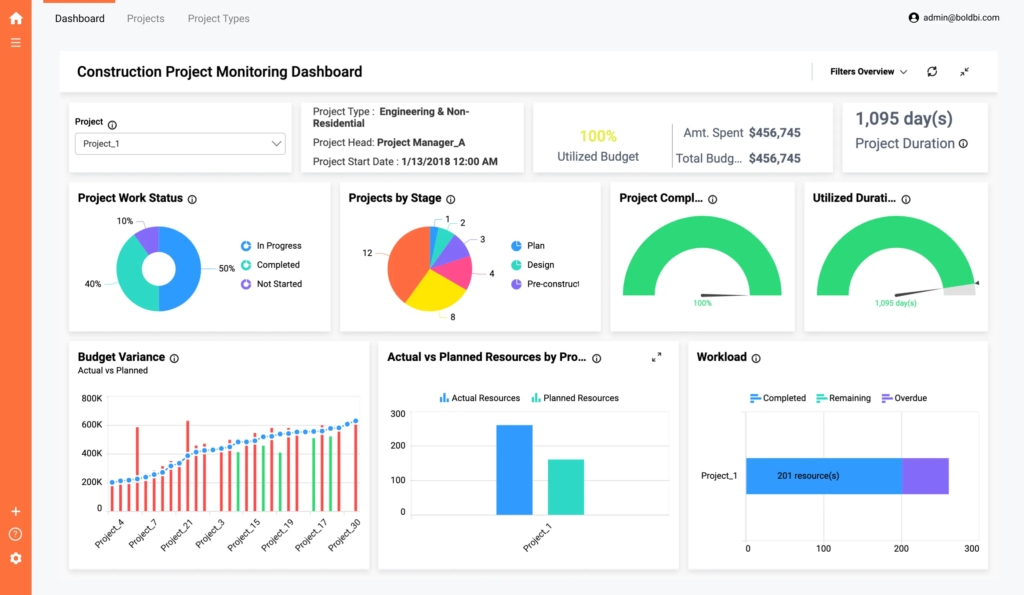Table of contents
Introduction
In the realm of sophisticated applications, where complexity meets innovation, the Core App Dashboard emerges as the nerve center, orchestrating operations and offering invaluable insights. Much like the dashboard of a car, it presents a comprehensive array of data, enabling efficient decision-making and management. This article delves into the essence of the Core App Dashboard, exploring its functionalities, significance, and impact on application development and management.
Understanding the Core App Dashboard

Defining the Core App Dashboard:
At its core, the Core App Dashboard is a centralized interface that consolidates vital information and controls pertinent to an application’s functioning. It serves as a command center, offering a panoramic view of the application’s performance, user engagement, and other critical metrics.
Navigating Complexity with Ease:
Just as a car dashboard simplifies the myriad of systems within a vehicle into easily digestible data points, the Core App Dashboard distills the complexities of an application into actionable insights. It provides developers, administrators, and stakeholders with a clear understanding of the application’s health and performance.
Key Features of a Core App Dashboard
- Real-time Monitoring: A hallmark feature of the Core App Dashboard is its ability to provide real-time updates on various aspects of the application, such as user activity, system performance, and security incidents. This enables stakeholders to stay abreast of any developments and respond promptly to emerging issues.
- Customizable Widgets and Metrics: To cater to diverse user needs and preferences, the Core App Dashboard often offers customization options, allowing users to tailor the interface to their specific requirements. This may include selecting and arranging widgets displaying different metrics, such as traffic volume, conversion rates, and error rates.
- Performance Analytics: In addition to monitoring user interactions, the Core App Dashboard provides in-depth analytics on the application’s performance metrics. This includes response times, server load, and database queries, enabling developers to identify bottlenecks and optimize system efficiency.
- Alerts and Notifications: To ensure proactive management of the application, the Core App Dashboard can be configured to send alerts and notifications based on predefined thresholds or anomalies. This helps preemptively address issues before they escalate, minimizing downtime and user impact.
The Role of Core App Dashboard in Decision-making

Data-driven Insights:
By presenting a comprehensive overview of the application’s performance and user behavior, the Core App Dashboard empowers stakeholders to make informed decisions. Whether it’s optimizing features, allocating resources, or devising marketing strategies, data-driven insights form the bedrock of effective decision-making.
Facilitating Collaboration:
In a collaborative development environment, the Core App Dashboard serves as a central hub for sharing information and coordinating efforts. Developers, designers, and project managers can leverage the dashboard to track progress, identify dependencies, and communicate effectively, fostering synergy and productivity.
The Impact on Application Development and Management
- Enhanced Efficiency and Productivity: With its ability to streamline monitoring and management tasks, the Core App Dashboard contributes to overall efficiency and productivity. Developers spend less time navigating disparate systems and more time focusing on value-added activities, accelerating the development lifecycle.
- Improved User Experience: By gaining insights into user behavior and preferences, developers can iteratively enhance the application’s usability and functionality. The Core App Dashboard serves as a feedback loop, enabling continuous improvement based on real-world usage patterns and feedback.
- Proactive Issue Resolution: Through proactive monitoring and alerting mechanisms, the Core App Dashboard helps preemptively identify and address potential issues. This proactive approach minimizes downtime, mitigates risks, and enhances the overall reliability and robustness of the application.
ALSO READ ABOUT: Innocams: Elevating Security with Advanced Surveillance
Conclusion
The Core App Dashboard stands as a testament to the evolution of application development and management, offering a centralized hub for insights, controls, and decision-making. Much like the dashboard of a car guides the driver through the complexities of the road, the Core App Dashboard navigates developers and stakeholders through the intricacies of application dynamics.
With its real-time monitoring, customizable features, and data-driven insights, it not only optimizes operational efficiency but also elevates the user experience to new heights. As applications continue to evolve in complexity and scale, the Core App Dashboard remains an indispensable tool in the arsenal of modern development teams, driving innovation and excellence in the digital landscape.
Frequently Asked Questions (FAQs)
1. What is a Core App Dashboard?
A Core App Dashboard is a centralized interface within an application that provides comprehensive insights and controls tailored to the specific needs of the application. It serves as a command center, offering a panoramic view of the application’s performance, user engagement, and other critical metrics.
2. What are the key features of a Core App Dashboard?
Key features of a Core App Dashboard include real-time monitoring, customizable widgets and metrics, performance analytics, and alerts and notifications. These features enable stakeholders to stay informed about the application’s health and performance and respond promptly to emerging issues.
3. How does a Core App Dashboard facilitate decision-making?
A Core App Dashboard facilitates decision-making by providing stakeholders with data-driven insights into the application’s performance and user behavior. This enables informed decisions about optimizing features, allocating resources, and devising marketing strategies.
4. What is the role of a Core App Dashboard in application development and management?
The Core App Dashboard enhances efficiency and productivity by streamlining monitoring and management tasks. It also improves the user experience by enabling developers to iteratively enhance usability and functionality based on real-world usage patterns and feedback.
5. How does a Core App Dashboard contribute to proactive issue resolution?
A Core App Dashboard contributes to proactive issue resolution by providing proactive monitoring and alerting mechanisms. This helps preemptively identify and address potential issues, minimizing downtime, mitigating risks, and enhancing the overall reliability of the application.
6. Can a Core App Dashboard be customized to meet specific requirements?
Yes, a Core App Dashboard often offers customization options, allowing users to tailor the interface to their specific needs and preferences. This may include selecting and arranging widgets displaying different metrics and setting up alerts and notifications based on predefined thresholds or anomalies.



